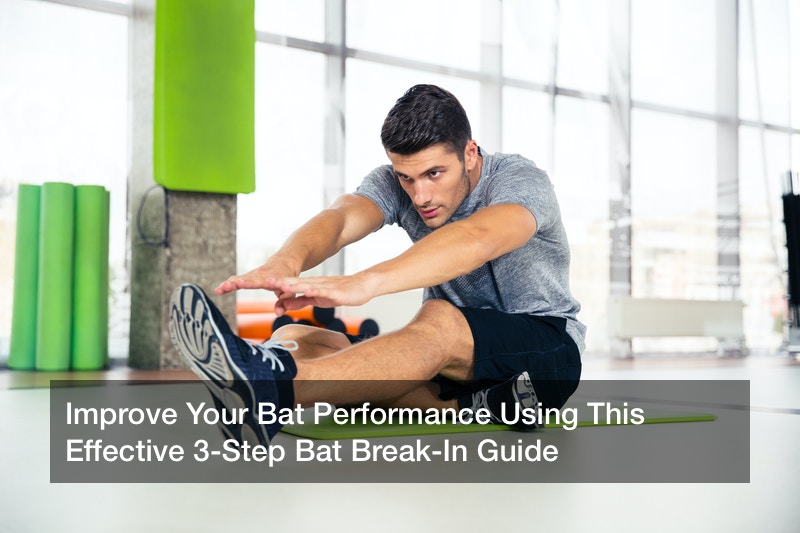
Sports and technology have been part and parcel of each for many years now, and the evolution of baseball bats has experienced its fair share of growth out of this symbiotic relationship. One particular area of interest is the modern designed baseball bats which can be tuned for improved performance and durability.
Today, when you enter a sports store to buy a wood bat, you’re really not expected to go about the bat break-in process again because most of them come ready for play. This is also true with aluminum alloy bats which most parts are essentially built ready to be used “hot out of the wrapper”. Examples include pre-manufactured shaved and rolled slowpitch softball bats.
For composite bats, however, which is likely the fan-favorite high-performance weapon of choice, read on for more tips on how to improve your bat performance and basically how to go through the break-in bat process.
Why You May Consider Breaking In Your Bat
Many softball fans perhaps wonder why there’s so much hype with rolled and shaved bats, especially the composite types. And maybe you’re looking at their price tags and wonder why they cost so much yet they’re not ready-to-go equipment.
These concerns are genuine, but it’s good that you know the simple idea behind breaking in a bat: Unlike other types of softball bats that are ready once unwrapped while some improvement in performance — pop and power, with time, composite bats are just not built for that. Instead, composite bats attain their highest performance after a couple of hundred hits.
All bats, including shaved and rolled slowpitch softball bats, are subjected to certain standards and specifications based on league and sanctions. But new and unused bats haven’t been tested and so materials like composite will improve in quality as well as performance. Another concern people have is whether breaking in bats compromise its structural integrity. But according to the recommended steps, you won’t be applying maximum strength while shaving and rolling your bat.
Proper Ways of Breaking In Composite Bats
There are several recommended ways to break in a composite bat in addition to baseball bat shaving and rolling. These processes are simple and easy to get your bat ready for the upcoming season. However, it depends on how much effort you put into the break-in process. Ideally, an intensive one-hour session should be enough provided you can achieve at least 150 perfect swings. You need a team to help with this so involve some of your friends or family if possible.
Ensure to check for the rotation index on the bat to guide while completing the 3-step bat break-in process, which are:
- Hitting the Ball off a tee This is the first step to effectively breaking in your bat and it involves a session of repeatedly hitting the ball off the tee for at least 100 times. With every swing, you need to adjust the bat at a quarter-turn rotation and remember to initially apply moderate swings. Gradually increase the swing power as you target 100 swings.
- Front Tossing the Ball After intensive minutes of hitting the ball off a tee, the next step is to achieve at least 50 swings of soft toss while applying the same quarter-turn rotation with each swing. You can try front tossing the ball against a fence
- Involve a team player for ball pitching The last process in the break-in process involves face live pitching where someone pitches the ball at a speed of at least 40 miles per hour. Here, target to achieve at least 50 swings with a quarter-turn at every swing.
Following the 3-step break-in process can help your bat achieve high-performance like new off-the-shelf rolled slowpitch softball bats. However, to ensure the process is successful and prevent damaging your bat, only start making swings when the temperature of the bat is at least 70 degrees. Another important thing is to use regular baseballs and softballs in the process instead of rubber balls, which are not as effective and they risks denting your bat. Lastly, perfect swings and hits are highly encouraged to ensure uniform break-in of the bat like the rolled slowpitch softball bats and other rolled bats.
